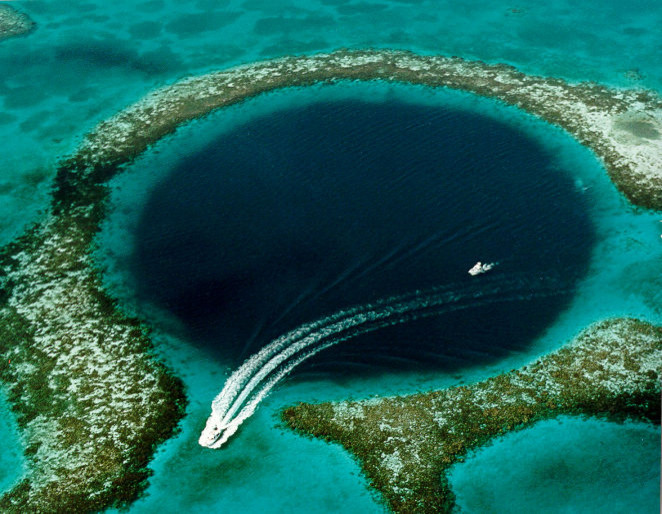Florida Sinkhole: Scientists Warn Much of Florida Is At Risk, But What Causes Sinkholes?

Before a Florida sinkhole swallowed a sleeping Jeff Bush in bed late Thursday night he never could have known he was laying on the precipice of a geologic feature that could have been decades in the making. While Bush was presumed dead Friday morning, his brother and four others were luckily able to escape their home, which emergency officials have avoided because the hole is still spreading.
Bill Bracken, president of the engineering company assisting emergency workers, told CNN the sinkhole that’s slowly swallowing Bush’s home already measures between 20 and 30 feet across. He estimated that it’s 30 feet deep, which is certainly frightening news for anyone in the neighborhood but relatively calm in the big picture.
“It started in the bedroom, and it has been expanding outward and it’s taking the house with it as it opens up,” Bracken said.
Sinkholes -- also known as a snake hole or swallow hole – have been known to reach between one meter and 2,000 feet in diameter, as well as depth. They’re caused by a variety of factors but become especially problematic when erosion coincides with man-made triggers, such as the redirection of storm water.
“A sinkhole is basically a closed depression that forms in the ground,” U.S. Geological Survey researcher David Weary told ABC News last year. “The simple explanation is that the ground surface falls into a void.
“Usually you get a collapse because something occurred that transported the material, creating the void that the sinkhole falls into,” Weary said. “If there’s a cave underground filled with soil and sediment and you get an episode of high rainfall or a change in groundwater flow, the dirt that filled the void will be hollowed. Once it hollows out close to the ground surface, it becomes thin enough that it can’t support what is on top of it and falls in.”
Especially vulnerable are karst landscapes, which scientists say are the result of chemical weathering and water shortages in carbon rock. This factor makes Florida especially vulnerable as much of the state is classified as a karst landscape.
“It could have been anything from them redirecting rain runoff in some funny place to it being a leaky water pipe or storm sewer,” Weary remarked to ABC about an earlier Florida sinkhole. “Or it could have been natural and they just happened to build a house on top of a covered, hidden sinkhole.”
Florida’s Hillsborough County, where Thursday’s sinkhole occurred, is in “Sinkhole Alley,” where two-thirds of the state’s sinkhole-related insurance claims come from. The state’s limestone foundation makes Florida especially vulnerable, but St. Johns River Water Management District outlined the warning signs for concerned residents.
Early indicators include cracks in a home’s foundation, doors and windows failing to close properly because of a warped structure, vegetation stress as the water table sinks further away from ground level, and a circular pattern of fault lines around a possibly sinking area.
© Copyright IBTimes 2025. All rights reserved.





















